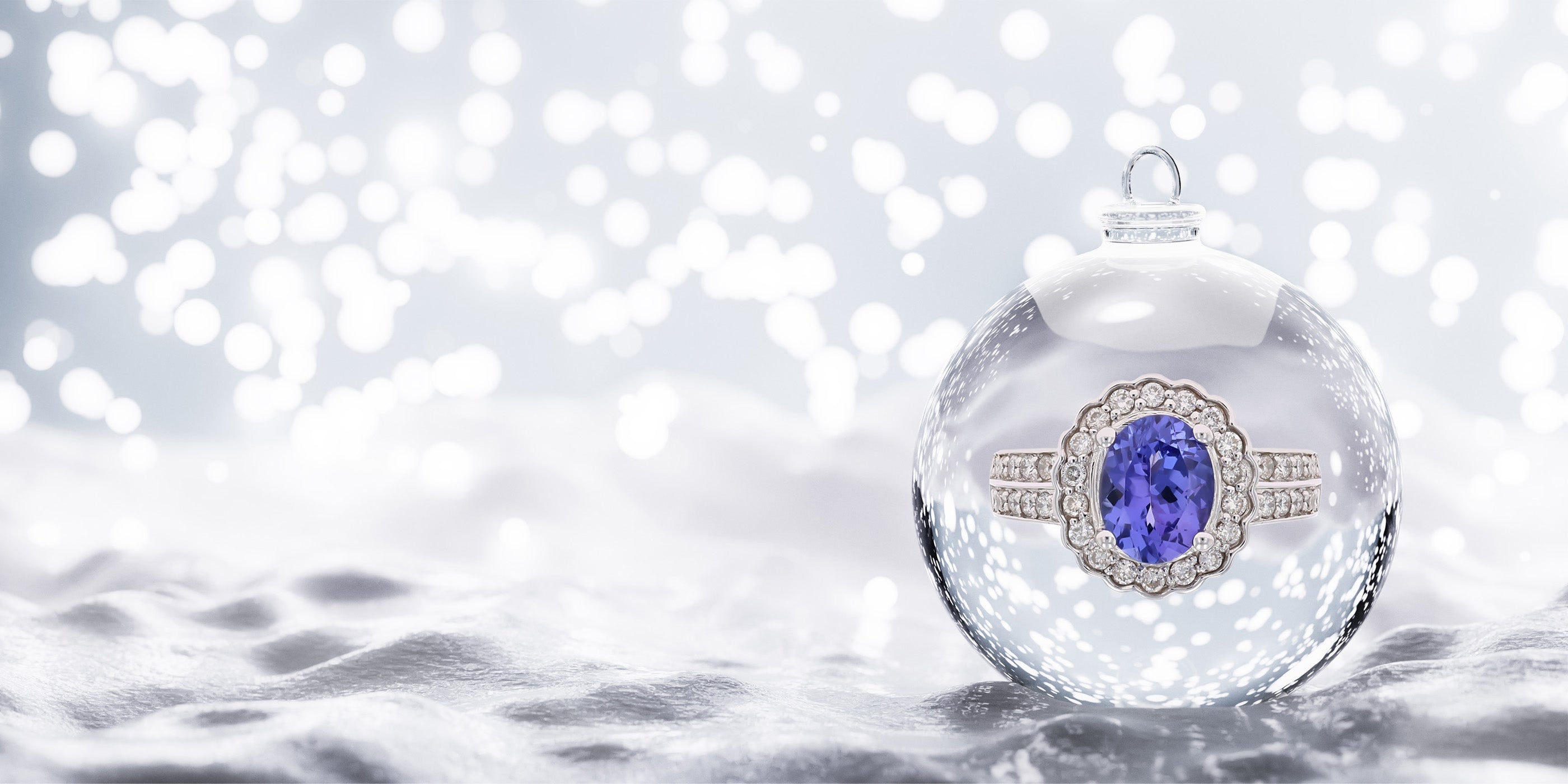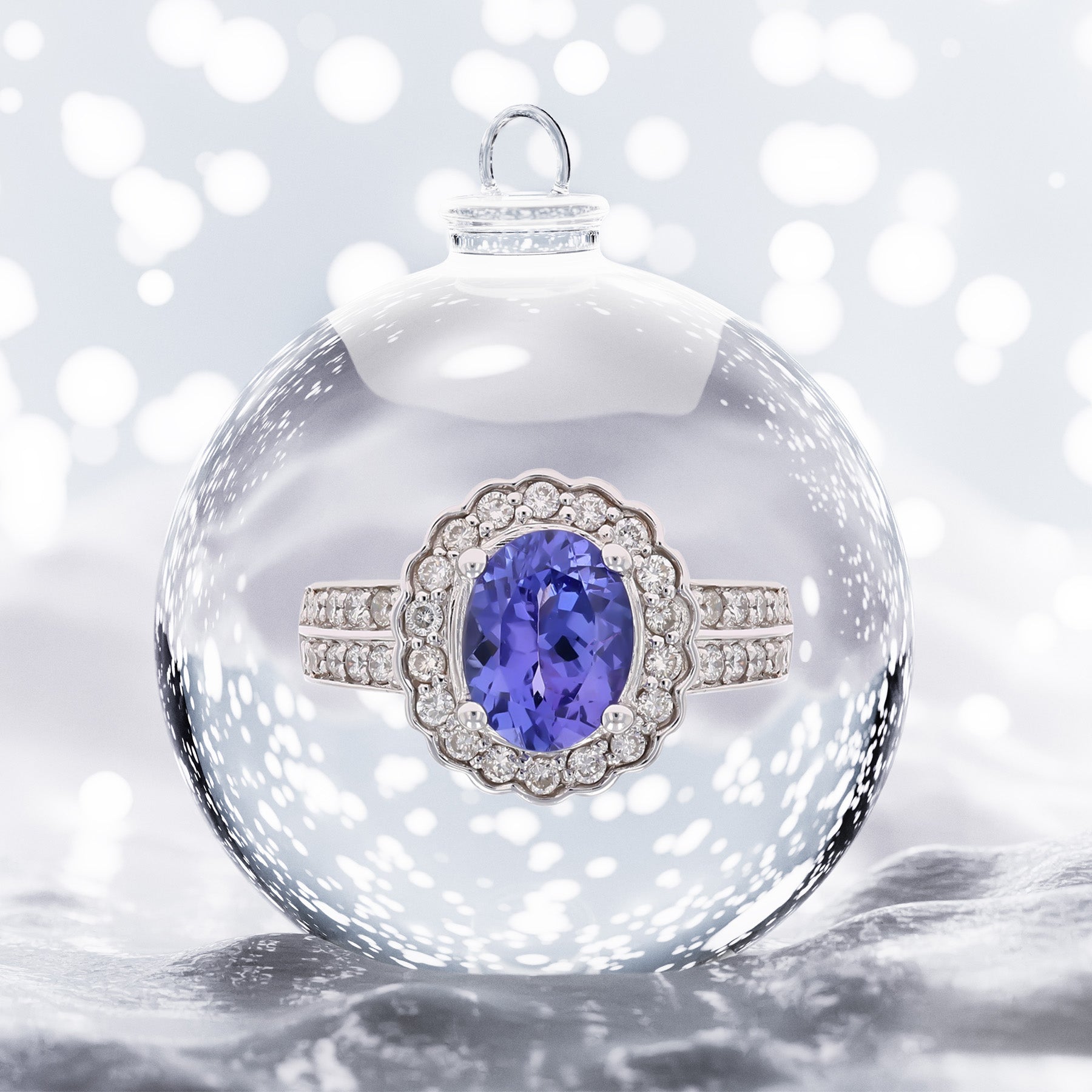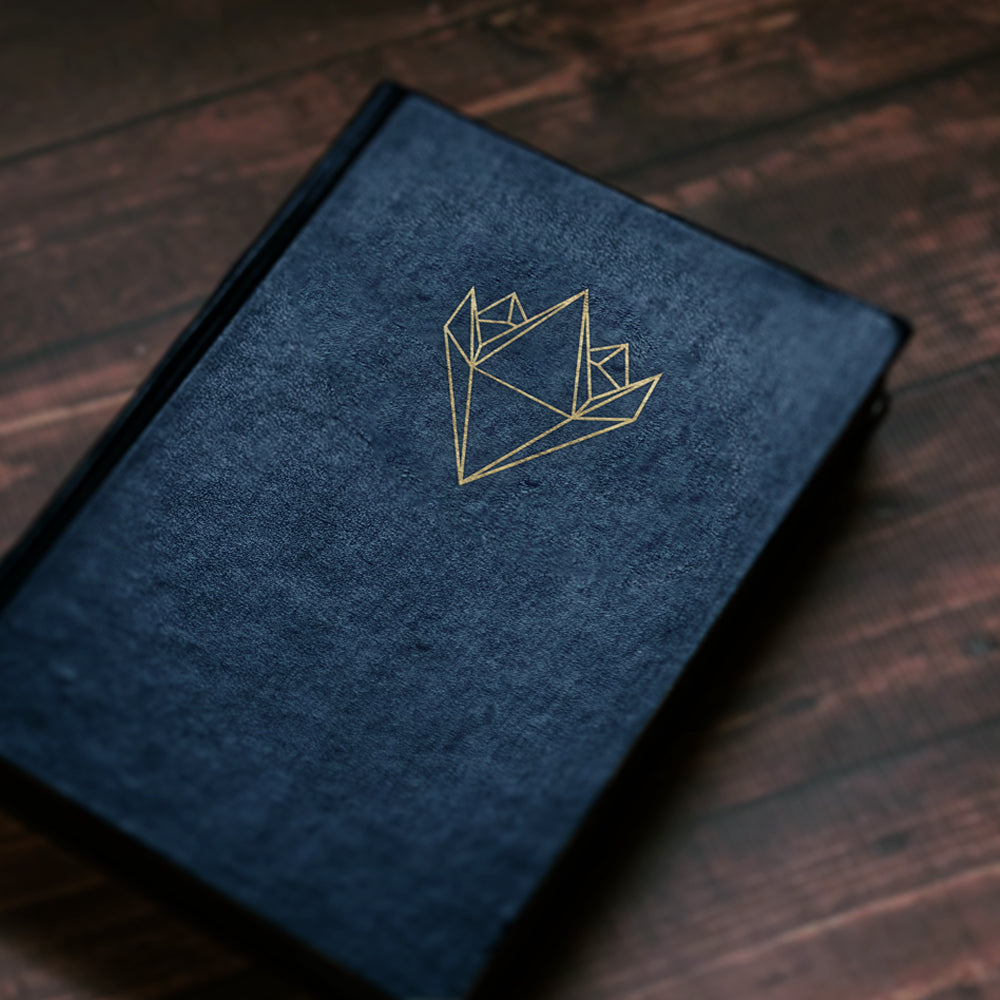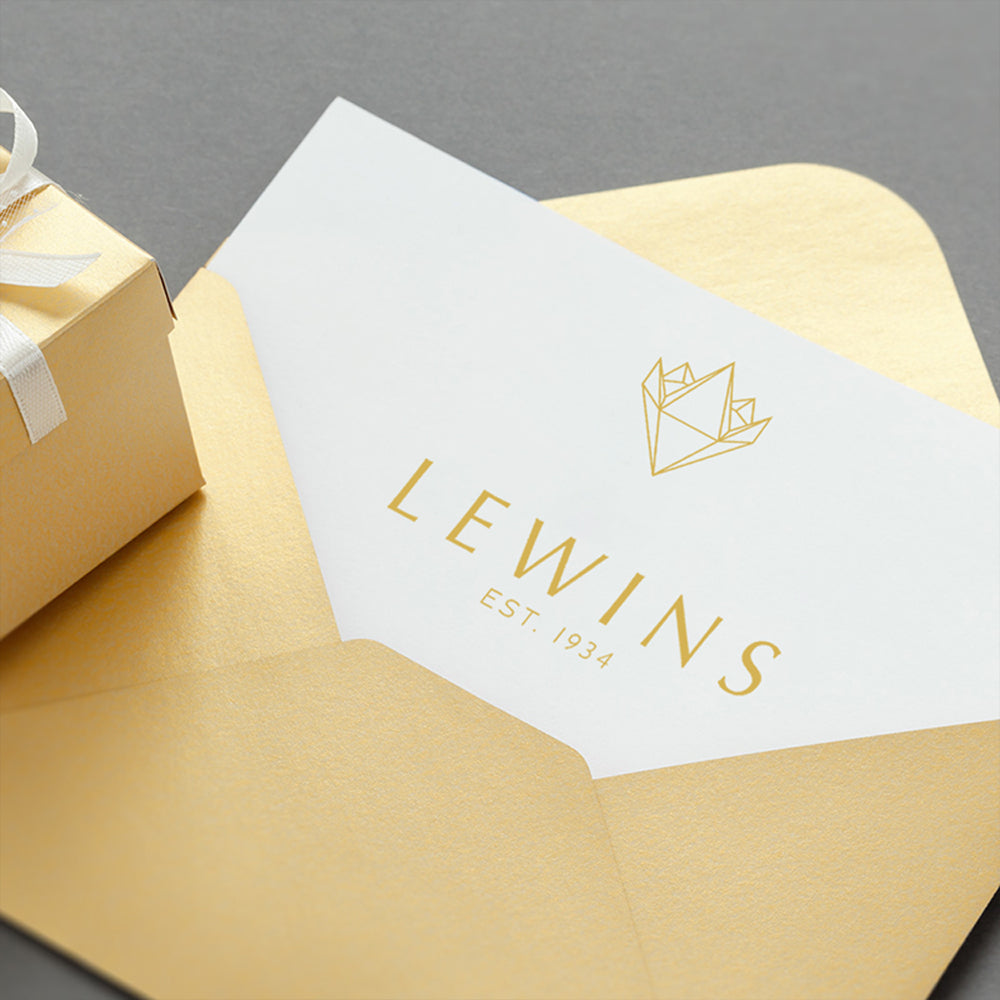Jewellery Odyssey:
Historically, and prior to the seventeenth century, shirt cuffs were secured with ribbons, ties and strings. Influenced during the reign of King Louis XIV of France, “Boutons de Manchette” were fashioned. These “sleeve buttons” were made of silver or gold, stamped with ornamental designs or set with stones, and joined by a small chain.
During the latter half of the seventeenth century, King Charles II was seen in public wearing cufflinks, increasing their popularity across Britain. To commemorate the King’s marriage to Catherine of Braganza, it was believed that silver stamped disc cufflinks consisting of the “crown and hearts” motif, were created. Worn by royalty and aristocrats, cufflinks began to be a staple accessory to the upper-class gentleman, across Europe.
Gem Lore:
Onyx - derives from the greek word ‘onux’, which translates to ‘fingernail’, as the gemstone was thought have a similar appearance, being flesh coloured with white bands. In ancient Greek mythology, the legend goes that Eros, trimmed Venus fingernails, and the gods turned these clippings into stone. The gemstone belongs to the polycrystalline family of Quartz, and was once an umbrella term, used to refer to all the colours of chalcedony. In recent years, the term has been limited, to only apply to brown and black chalcedony. Onyx is a black material, that may or may not possess white banding. Onyx is associated with the astrological symbols of Scorpio, Capricorn and Leo.
Jewellery Care Precautions:
Avoid direct contact with: perfume, lotions, skincare, hairspray / other chemicals. Remove, your jewellery: when showering, swimming (as both chlorine and saltwater will react with metals), washing your hands / using hand sanitisers, before going to bed or when participating in physical activities (going to the gym, exercising, gardening, housework etc….).
Beware, metals may tarnish over time due to oxygen contact and natural body oils. Prevent items from being exposed to moisture and direct sunlight, for long periods. Store jewellery in a dry place away from humidity, in a pouch/jewellery box and keep each piece separated from each other. Care, for your jewellery by cleaning with a soft dry cloth.
Yellow Gold:
Gold as an element, in its purest form will not tarnish, but gold used in jewellery has been alloyed with other metals, to increase durability. These metals have properties that when in contact with oxygen, chemicals, oils or other substances - will result in a surface tarnish or damage and corrosion. Even the pH level of you skin and the natural oils it produces, can tarnish your gold jewellery.
To prevent your gold jewellery from tarnishing or even disintegrating, avoid exposure to household chemicals, bleaches, toothpaste, baking soda and other cleaning abrasives. Wearing jewellery in places where perfumes, hairsprays, body lotions have been applied on your body, will increase tarnishing. Wear your jewellery after the products have been applied. To clean your gold jewellery, use a mild soap with warm water and dry with a soft cloth. For professional cleaning, our workshop can polish your jewellery back to life.
Chalcedony, Polycrystalline Quartz:
Hardness: 6 | Toughness: Excellent | Stability: Good
Extreme Caution, Avoid: Light, Extreme Temperature Change (thermal shock), Jewellery Cleaners (steam cleaners).
Mild Caution, Avoid: Heat, Chemicals (acids, detergents, solvents, nail polish remover), Jewellery Cleaners (ultrasonic).
Gemmological Observation: Quartz is pyroelectric, this means that when the gemstone experiences a change in temperature (for instance heat from the sun/lighting) it causes a low-level electrical attraction to fine dust particles. Therefore, you may experience that any quartz-set jewellery may need frequently cleaning.
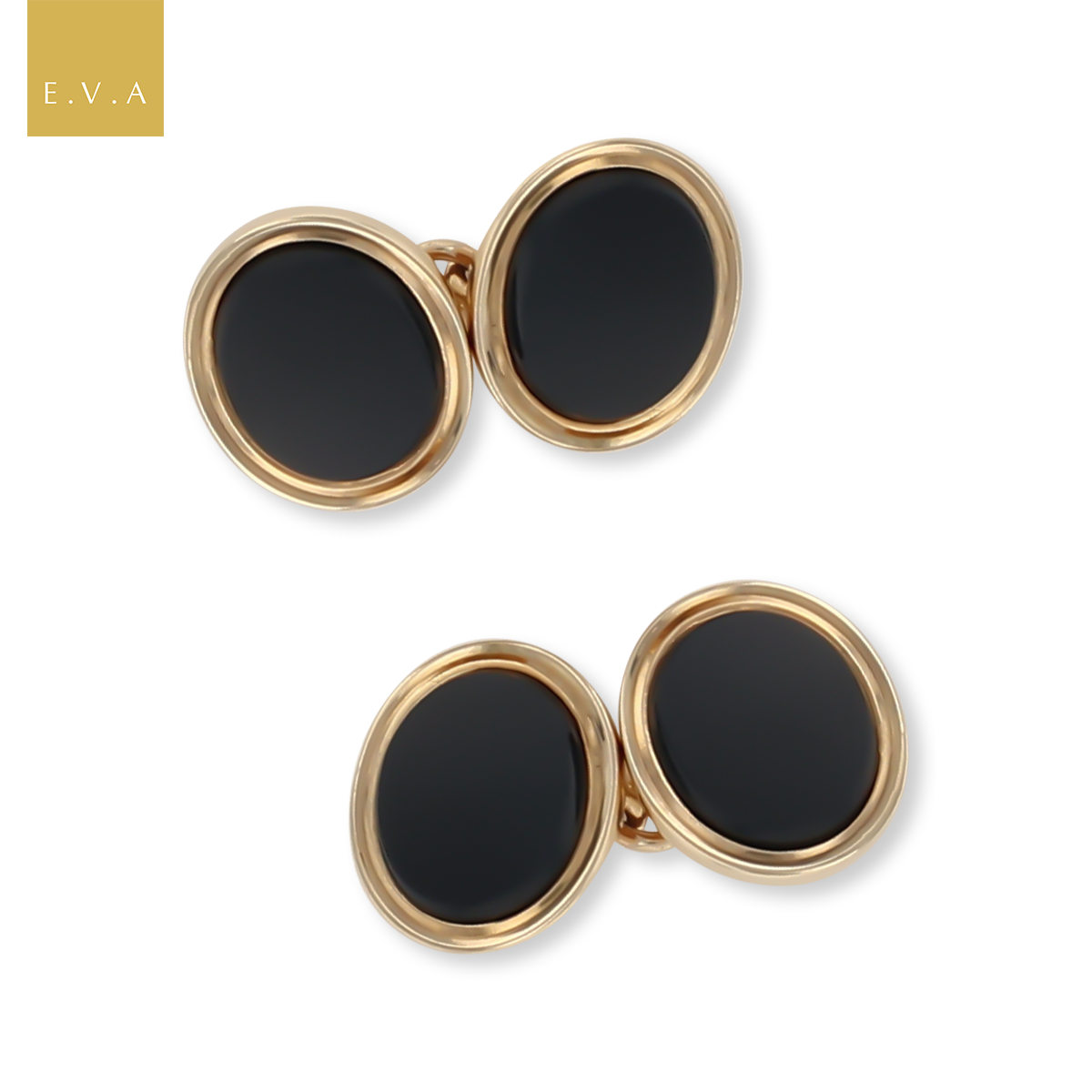
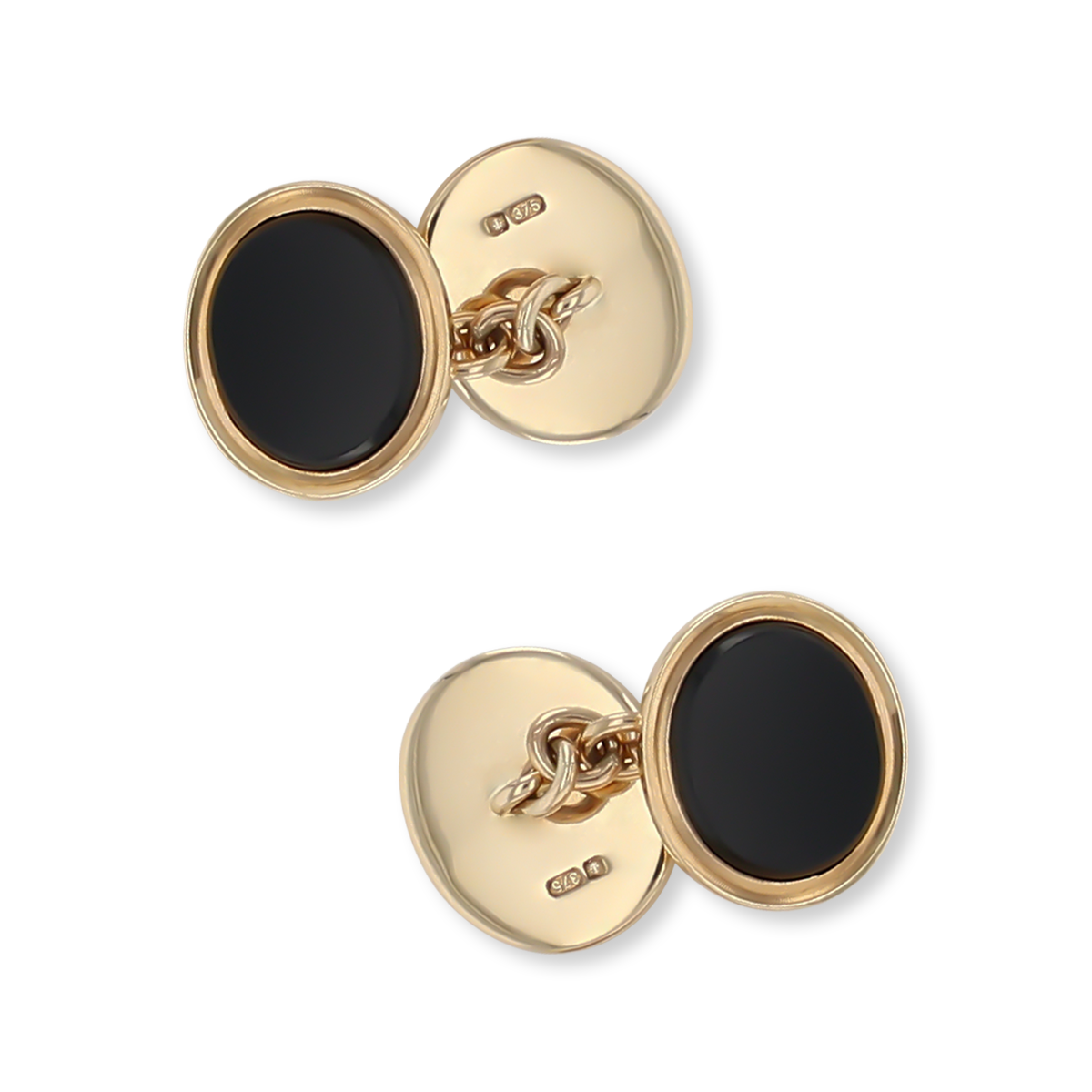

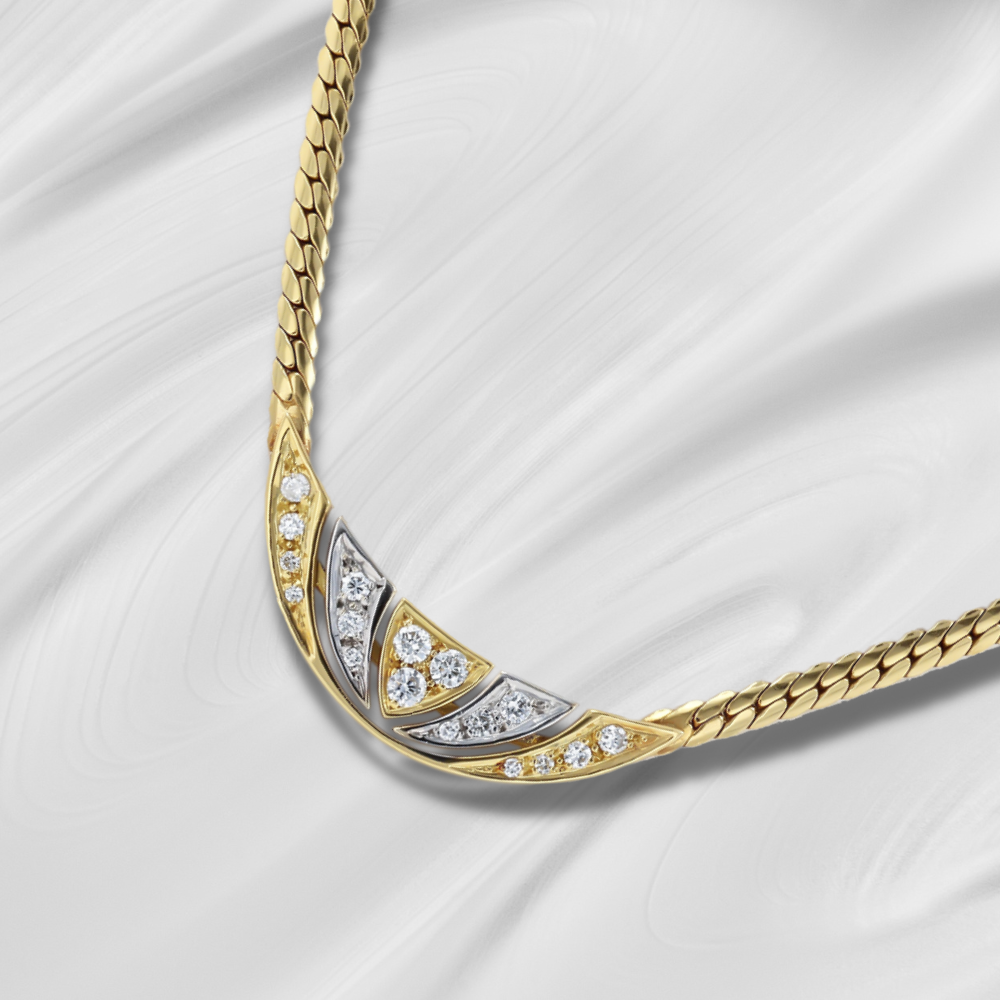
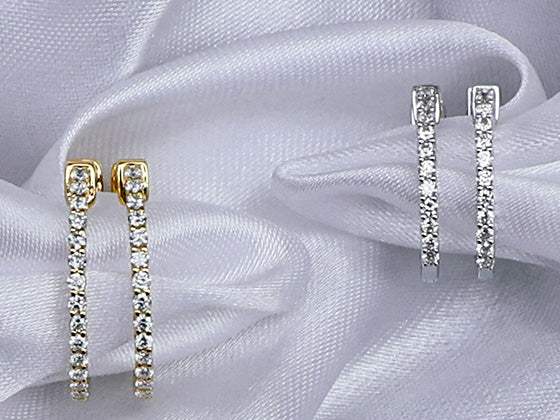
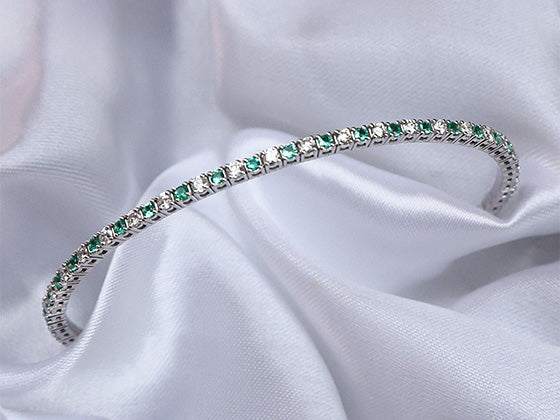

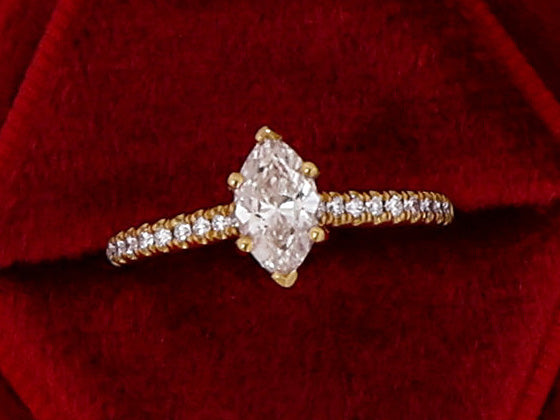
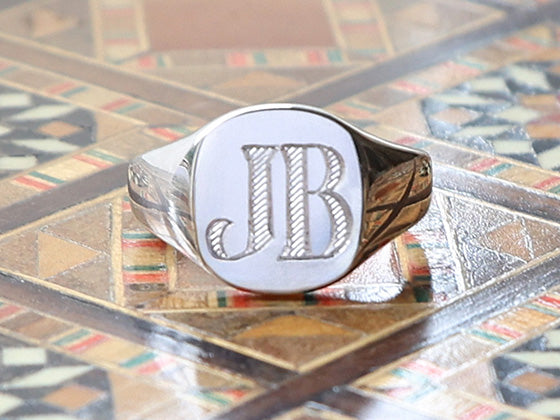
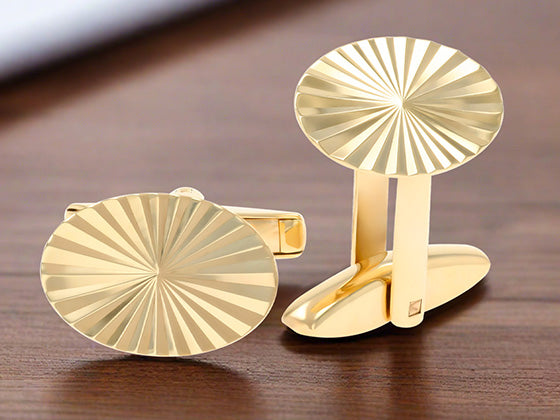
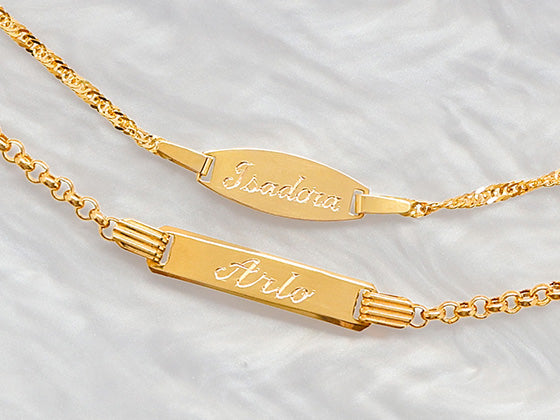
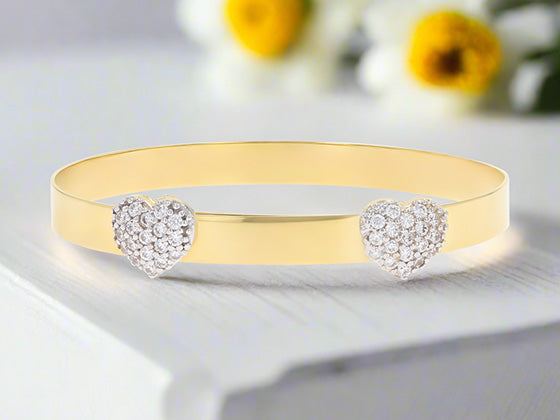
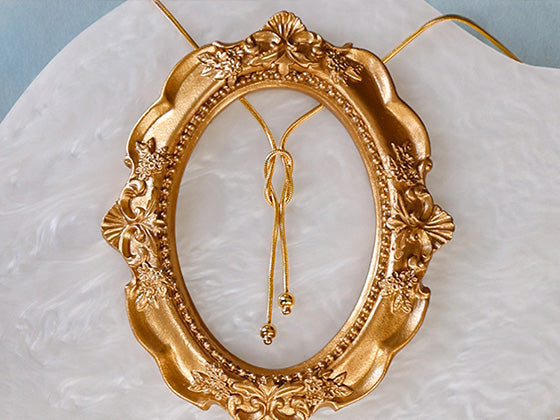
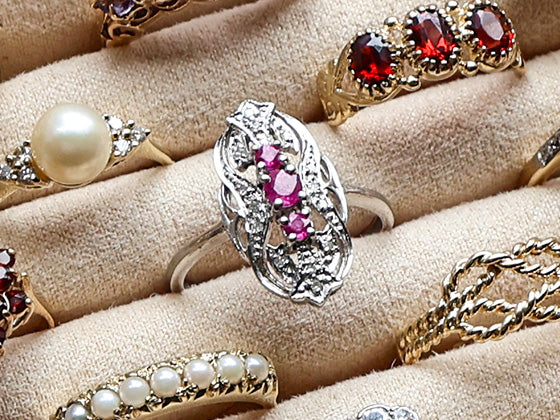
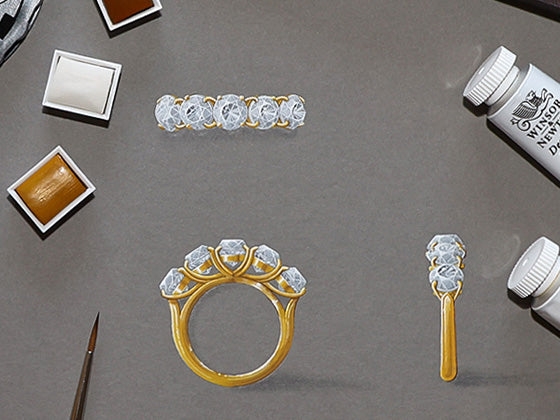
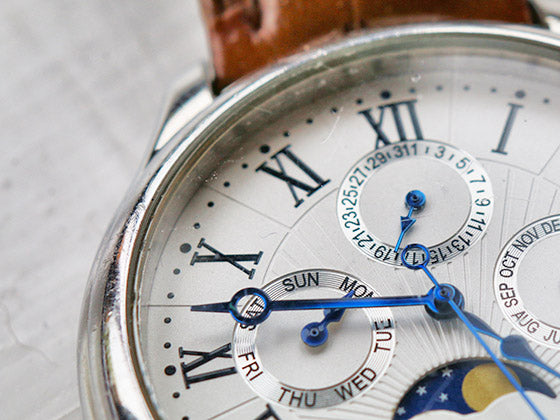
 Contact Us
Contact Us



